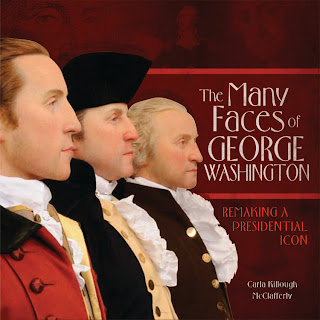Recently I took a class through the Library of Congress
Teaching with Primary Sources Program. Since I often write about historical topics, I
wanted to learn more about the collections at the Library of Congress (LOC). I was amazed at their massive online collections
which contain documents, maps, newspapers, images, sound recordings, sheet
music and much, much more. While
searching the LOC website I found myself getting lost in a fascinating world of
primary sources—a real treat for a nonfiction author.
Since the LOC places incredible primary sources at our
fingertips, I’ve thought a lot about how to use them in conjunction with my
books in order to accomplish the goals of the Common Core State Standards
(CCSS). These standards require using
nonfiction books not only in English class but in history, science and math class
too. This is good news to me because as I
write, I’m thinking of possible ways great teachers could use my books in various
content areas. In each subject area, I
want readers to take in what I’ve written about the topic, but I also want them
to use my books as a jumping off place to learn more about related topics.
A teacher could use one short scene in my book The Many
Faces of George Washington: Remaking a Presidential Icon to read and
discuss in class-then go to the LOC website to search for related primary
source documents (suggestions below excerpt).
For example: Excerpt from pages 98-99, The Many Faces of George Washington: Remaking a Presidential Icon (Carolrhoda, 2011).
At noon, the
hooves of six white horses clattered on the cobblestones of Wall Street as they
pulled a white coach carrying one man. Fifty-seven-year-old George Washington
climbed out. Out of respect, the silent crowd removed their hats. Washington
removed his hat and bowed to the right and left as he moved through the crowd.
Nearing the building, he walked through a line of soldiers and was escorted
inside and took a seat in a mahogany armchair. Vice President John Adams told
Washington that members of Congress would accompany him as he took the oath of
office.
So more people
could witness the ceremony, the swearing in would take place on the second
floor balcony, which had been decorated with red and white stripped curtains.
Federal Hall had recently been remodeled using patriotic symbols. On the
balcony, the middle wrought-iron railing featured a design of thirteen arrows,
representing the thirteen states. The pediment above featured the image of an
eagle.
Washington stepped
onto the balcony wearing a ceremonial sword and dressed in the height of
fashion. He wore a linen shirt with pleated ruffles underneath his suit. His
waistcoat and jacket were made of the same brown fabric as his knee breeches.
For this formal occasion, his hair was pulled back in a braid, covered in white
powder then tucked into a black bag.
Robert Livingston,
the Chancellor of the State of New York, administered the oath of office.
Secretary of the Senate, Samuel Otis, held a huge Bible.
Washington placed
his hand on the Bible and said: "I do solemnly swear that I will
faithfully execute the office of President of the United States, and will to
the best of my ability, preserve, protect and defend the Constitution of the
United States."
Livingston raised the Bible slightly, and
Washington bent over and kissed it.
“Long live George Washington, the President
of the United States!” exclaimed Livingstone when he turned to the crowd.
“Huzza! Huzza! Huzza!” roared the
masses.
President George Washington bowed.
“Huzza! Huzza! Huzza!” they cheered.
Some were so overcome with emotion that they
could not speak. Tears of joy rolled down the cheeks of many members of
Congress and people in the crowd.
Go to the Library of Congress and search for:
1. Original U.S. Constitution, which created the office of the President. Find the oath of office in Article II, section 1. Note that George Washington was given the honor to be the first person to sign the Constitution and his name appears at the top. (You could also take a look at the Articles of Confederation and the Bill of Rights.)
2. Federal Hall,
location of inauguration. See a 1790
hand colored image of the building.
3. George
Washington’s inaugural address, April 30, 1789.
See and read Washington’s handwritten notes-the actual pages he held in
his hands as he addressed Congress that day.
By using and discussing the primary source documents from
the LOC, and my book (or another nonfiction book that deals with this topic) as a secondary source
document, a teacher accomplishes many of the CCSS Anchor Standards. With these few selections, a teacher can teach
reading, writing, research, speaking and listening skills, and language-and it
happens naturally and all at the same time.
Painless . . . really.





3 comments:
Carla, I love this lesson! My main concern with the CCSS is too many districts are going to spend thousands of dollars on textbooks that are "Common Core-aligned" instead of exploring all the great nonfiction that's been written in the past few years.
You are absolutely right. I've heard of districts that purchased all the books mentioned as exemplar texts listed in the CCSS--which was never the intent. They are examples of text complexity.
Carla, you have done us all a service by providing an example how to connect primary sources with an outstanding nonfiction book. I totally agree that the intent of CCSS is to promote more in depth reading and thinking. Combining primary and secondary sources is a great way to do this.
Post a Comment